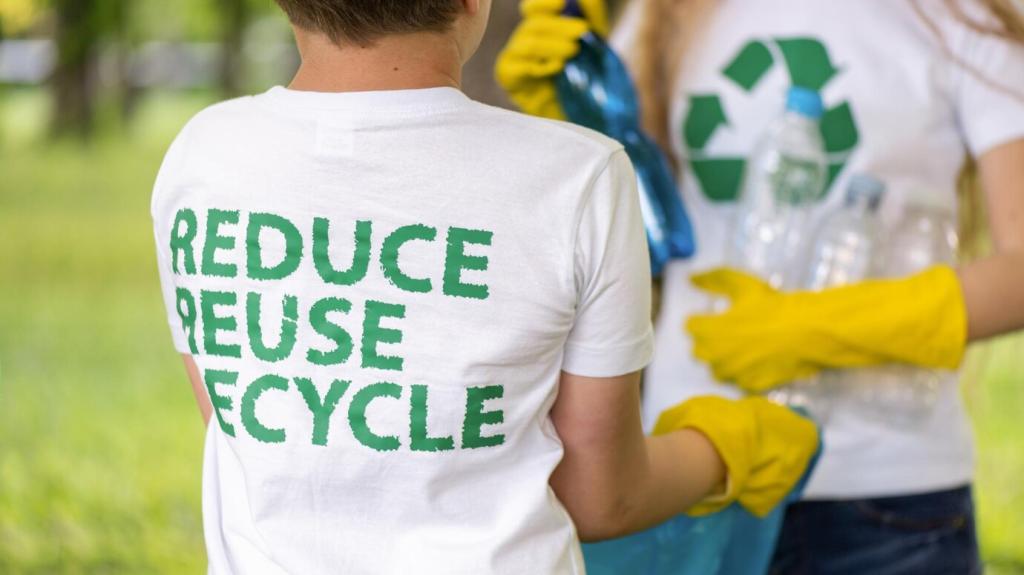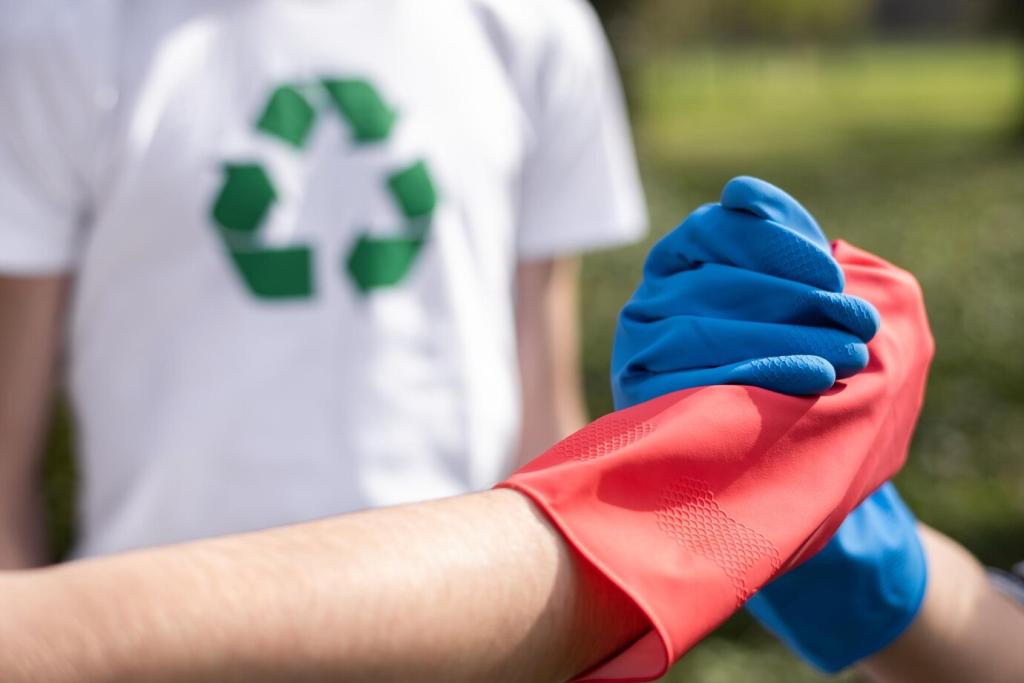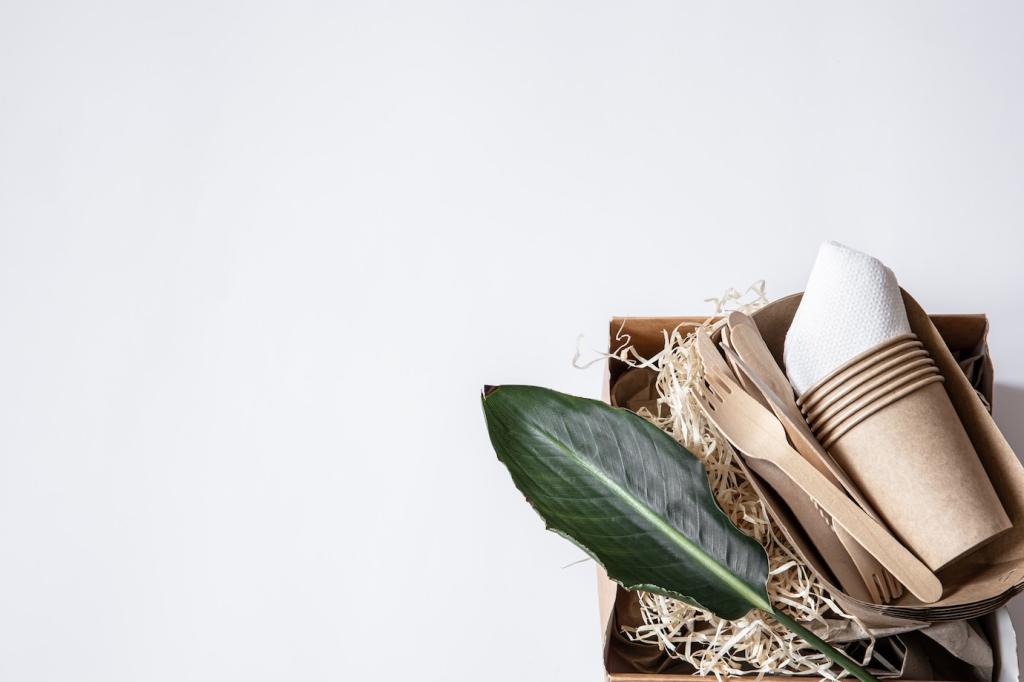Nourish and Protect with Natural Waxes
Look for simple ingredient lists featuring beeswax and carnauba, without silicone or heavy fragrances. These natural waxes buff to a warm glow, resist fingerprints, and remain friendly to future conservation or refinishing work if ever required.
Nourish and Protect with Natural Waxes
Create a soft wax by melting one part grated beeswax into four parts polymerized linseed oil using a double boiler. Cool to a paste, apply thinly, allow to set, and buff. Always test first, and ventilate while oils cure naturally.






